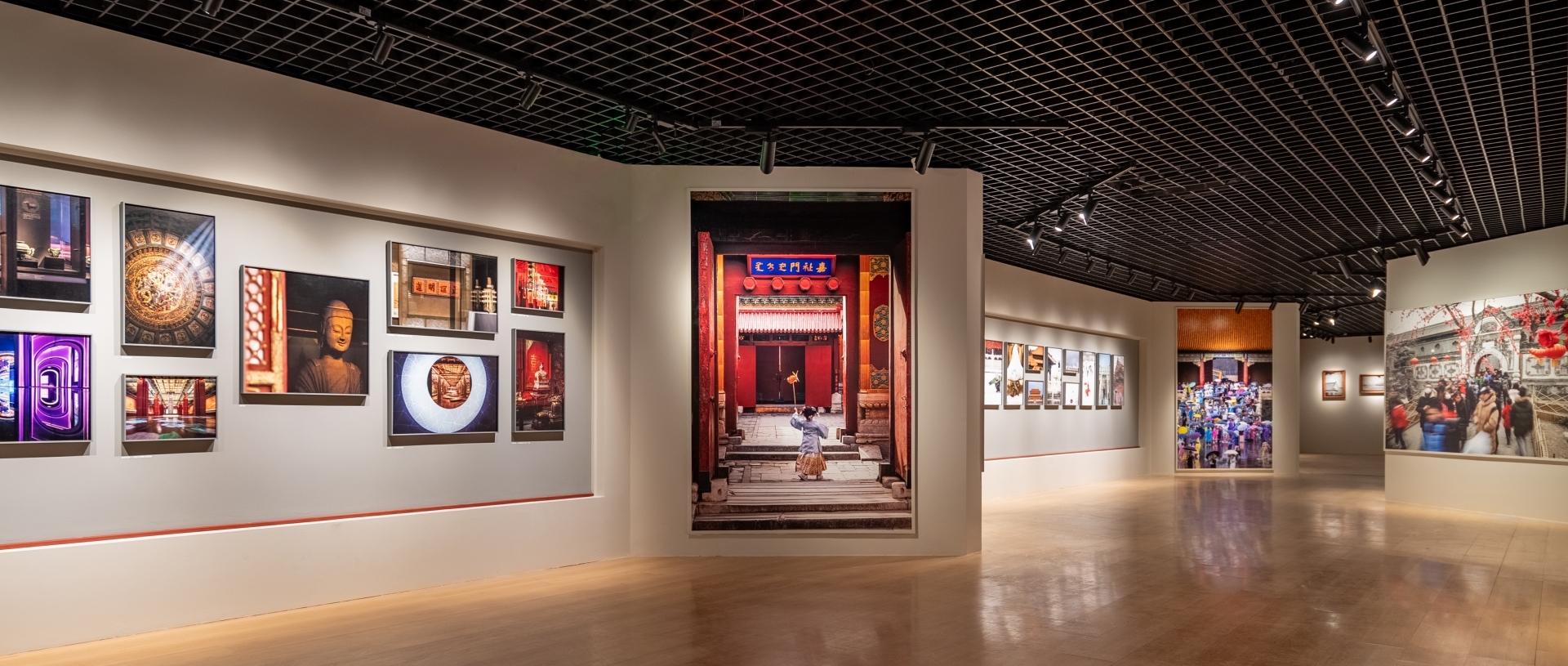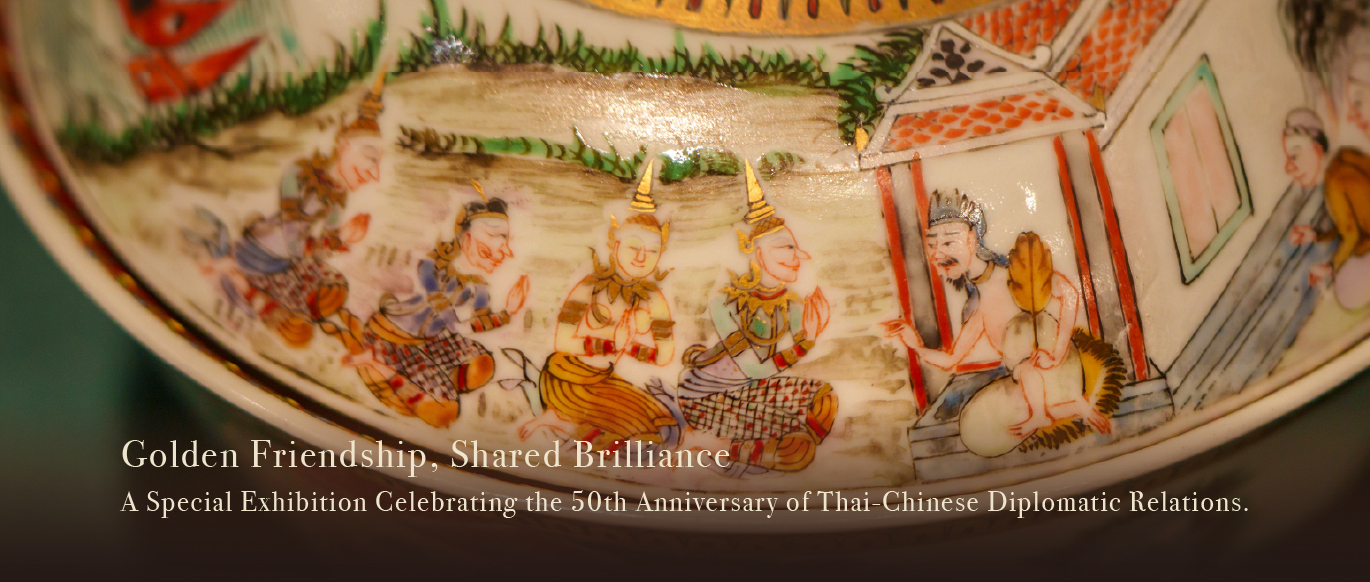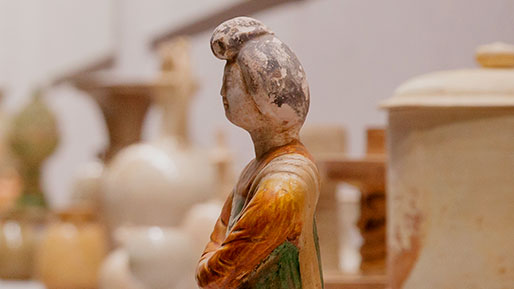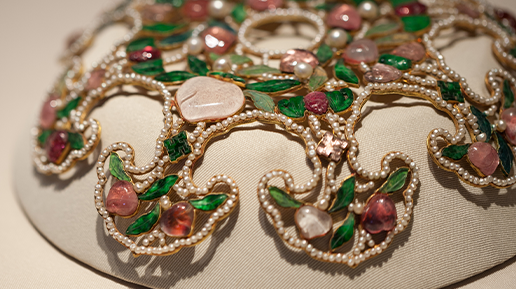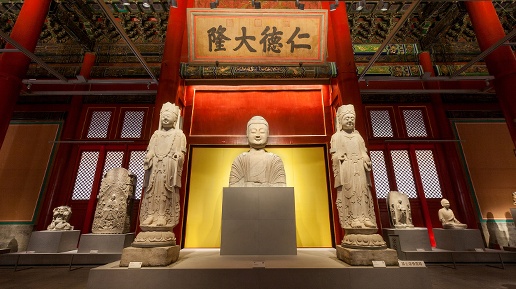Admission: free with general admission ticket
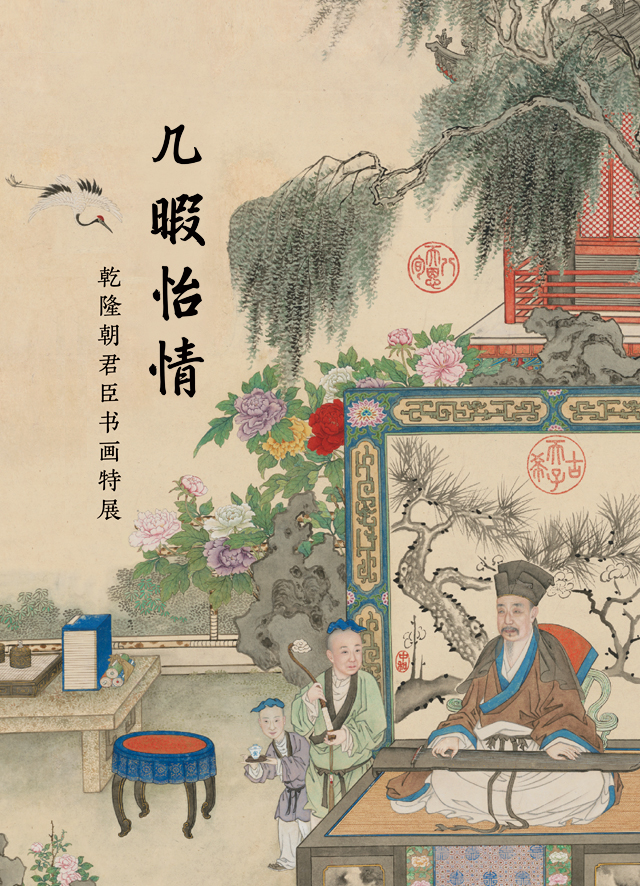
The special exhibition “Joyful Leisure: Calligraphy and Paintings by the Qianlong Emperor and Court Officials” opened at the Hall of Literary Brilliance (Wenhua dian) on April 30, 2019.
The Qianlong reign (1736–1795) of the Qing dynasty (1644–1911) was a period of territorial expansion, material prosperity, and peaceful development. Consequently, Chinese historians refer to the reign as the Flourishing Age of Qianlong (Qianlong shengshi). Also known by his temple name (a posthumous title) Gaozong, the Qianlong Emperor, in his youth, had been educated in the Manchu, Chinese, Mongolian, and Tibetan languages and cultures and revered Han-Chinese culture. Even in his youth, he understood the importance of literary cultivation and became well-versed in the Four Books and Five Classics (sishu wujing). Proficient in composing various forms of poetry, he was also a talented painter and calligrapher. Known for his elegant demeanor, the emperor held great esteem for historic artists and, when not engaged in the affairs of state, would create his own works of art, many of which have been preserved to this day.
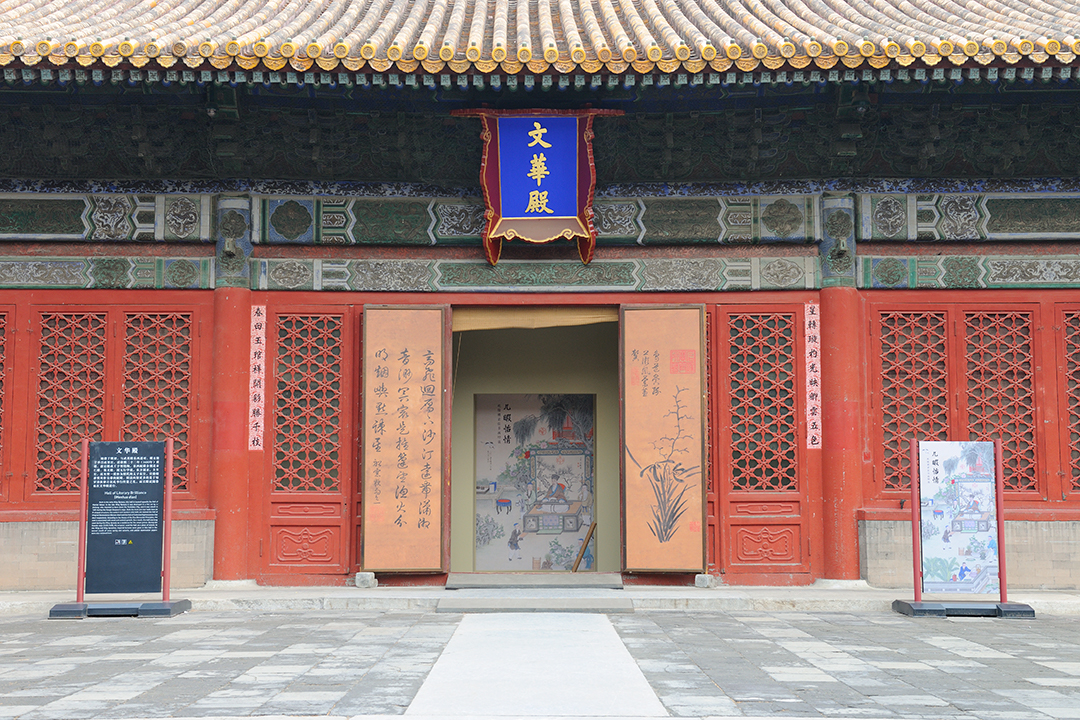
The Qianlong Emperor’s fondness for calligraphy and painting laid an important foundation for the development of the two art forms within the court. He promoted the landscape styles of the Four Wangs and the Changzhou-school approach to painting birds and flowers; he also oversaw great achievements in figure painting. The emperor maintained the practice of traditional model-calligraphy (also known as the exemplar tradition) and guided the court calligraphers in their practice and large-scale development of that art. From issuing edicts to implementing regulations, from composing poetry to producing paintings, the emperor and his officials reflected the social peace and cultural prosperity of the empire.
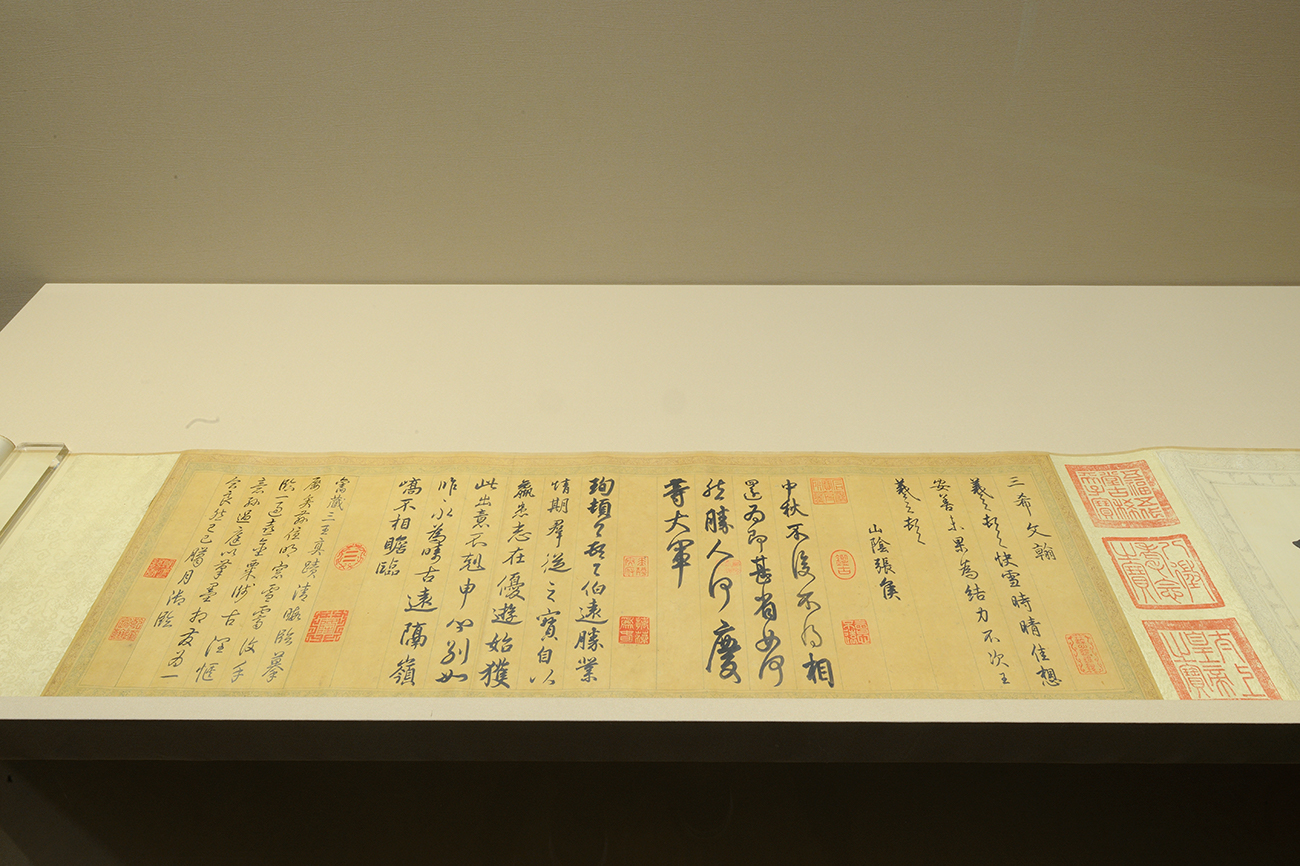
This exhibition presents over a hundred pieces of the finest works of calligraphy and painting by the Qianlong Emperor and his court officials. Over ninety percent of the works are presented in their original Qing-palace condition, and over half of the items have never before been displayed to the public. The exhibition is presented in the following four sections: The Art of the Qianlong Emperor; Calligraphy and Paintings of the Imperial Clan; Calligraphy and Paintings of Literary Officials; and Poetic Harmony between the Emperor and Officials. The art featured in these four sections reflect the refined pastimes of the emperor, his talented clansmen, and his loyal officials.
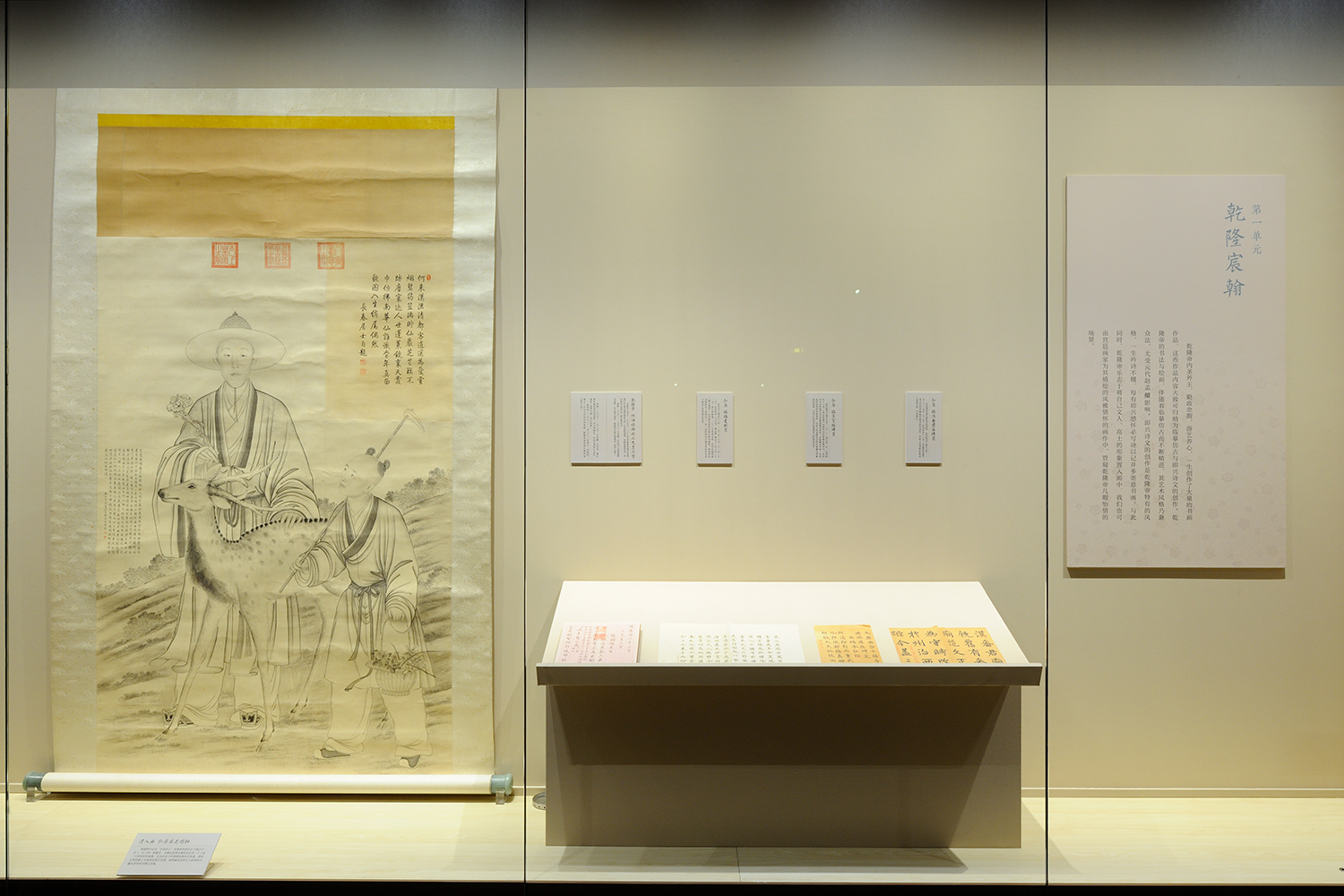
The most important works on view include The Qianlong Emperor “Is One, Is Two” (Qianlong di shiyi shier tu) by an unnamed Qing painter, Calligraphic Reproduction of the Three Rarieties (Lin sanxi wenhan juan) by the Qianlong Emperor, Model Books of Calligraphy from the Hall of Three Rarities (Sanxi tang fatie), Sixteen Views of Mount Pan (Panshan shiliu jing tuce) by Yunxi (1711–1758), Calligraphy of the Qianlong Emperor’s Poetry on Reading Changli (Shu Qianlong yuzhi du Changli ji shi zhou) by Zhang Zhao (1691–1745), Memories of the Hall of the Three Rarieties (Sanxi tang jiyi tu zhou) by Dong Bangda (1699–1769), Reproduction of the Song Painting of the Elegant Gathering in the Western Garden (Lin Songren xiyuan yaji tu juan) by the Qianlong Emperor, and Snowy Vista at Mount Pan (Panshan qianchi xue tu juan) by the Qianlong Emperor.
During the exhibition, a full pictorial catalogue of the works on view will be available for purchase. In the catalogue, each work is beautifully presented with high-definition photographs and detailed descriptions.
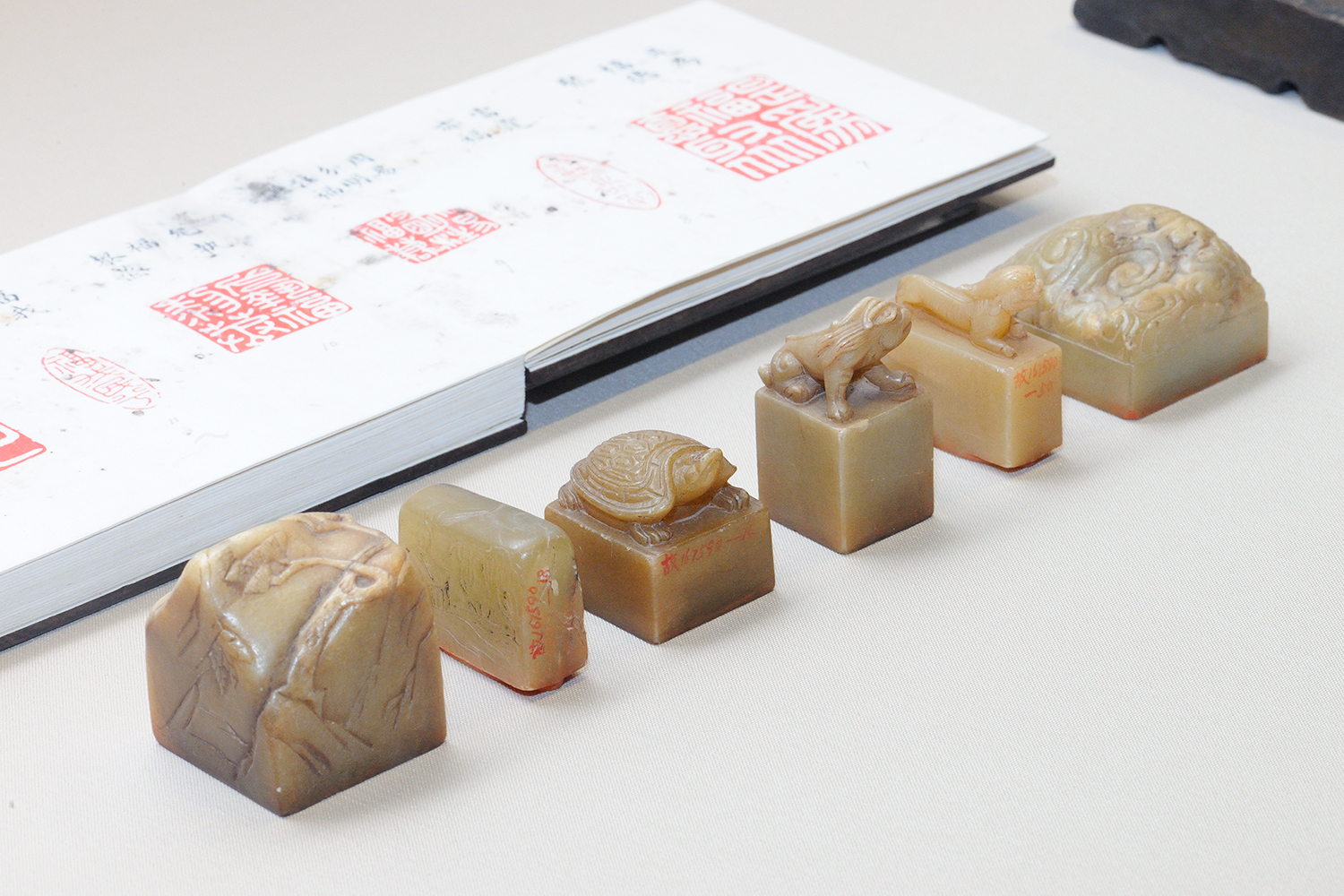
Translated and edited by Adam J. Ensign and Zhuang Ying



